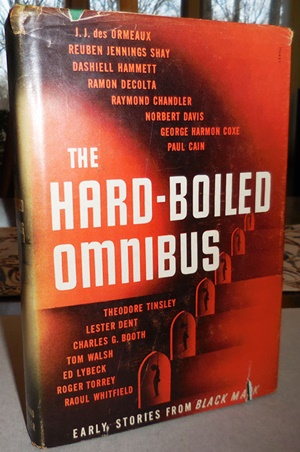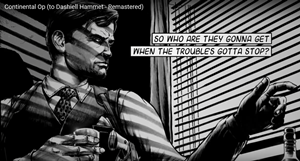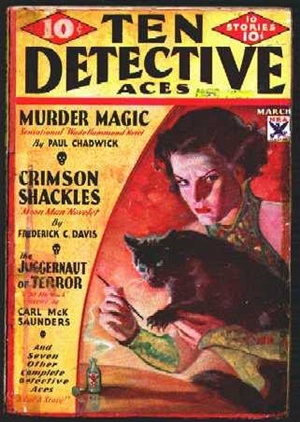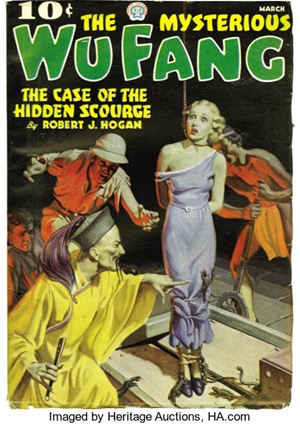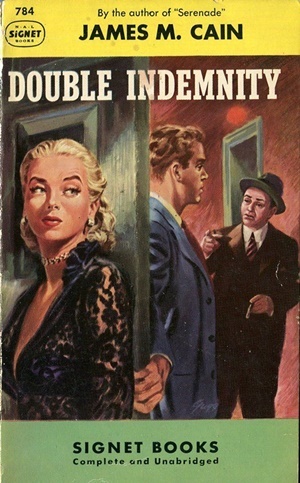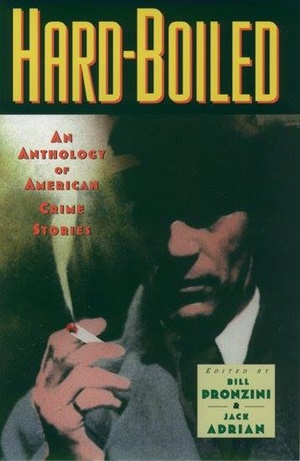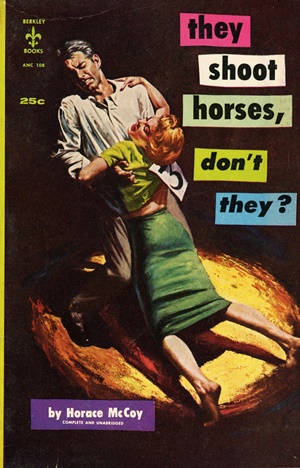A (Black) Gat in the Hand: Black Mask‘s Cap Shaw on Writing
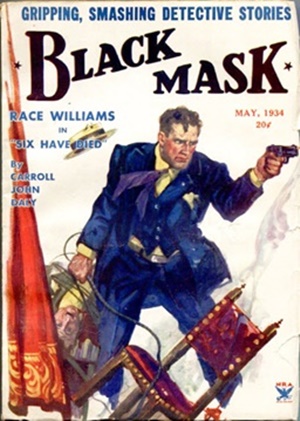 “You’re the second guy I’ve met within hours who seems to think a gat in the hand means a world by the tail.” – Phillip Marlowe in Raymond Chandler’s The Big Sleep
“You’re the second guy I’ve met within hours who seems to think a gat in the hand means a world by the tail.” – Phillip Marlowe in Raymond Chandler’s The Big Sleep
(Gat — Prohibition Era term for a gun. Shortened version of Gatling Gun)
The hardboiled school was born in the page of Black Mask Magazine under the editorship of George W. Sutton, with Carroll John Daly’s “Three Gun Terry” (which I wrote about here…) and “Kings of the Open Palm,” and Dashiell Hammett’s “Arson Plus,” appearing in 1923. In 1924, Sutton resigned and circulation editor Phil Cody replaced him.
Cody pushed for more stories featuring Race Williams and the Continental Op, encouraged Erle Stanley Gardner to develop Ed Jenkins (‘The Phantom Crook’), and added Frederick Nebel and Raoul Whitfield to the magazine. Cody was pushed out by publisher Eltinge Warner in 1926, with Cody’s approval (he later became President of the company). Joseph Shaw, a former bayonet instructor in the army and an unsuccessful writer with zero editorial experience, took the reins (I mean, sure, why not?).
But it is Shaw who is revered as the editor who shaped and was largely responsible for the success of the hardboiled school. While he did not start the movement, it’s still a reasonable assertion. Shaw honed Black Mask into a razor sharp hardboiled pulp that dominated the field.
In May of 1934, Writer’s Digest featured a cover story titled, Do You Want to Become a Writer or Do You Want to Make Money? by Shaw. I’ve included that essay below, with a few comments of my own included in italics.

